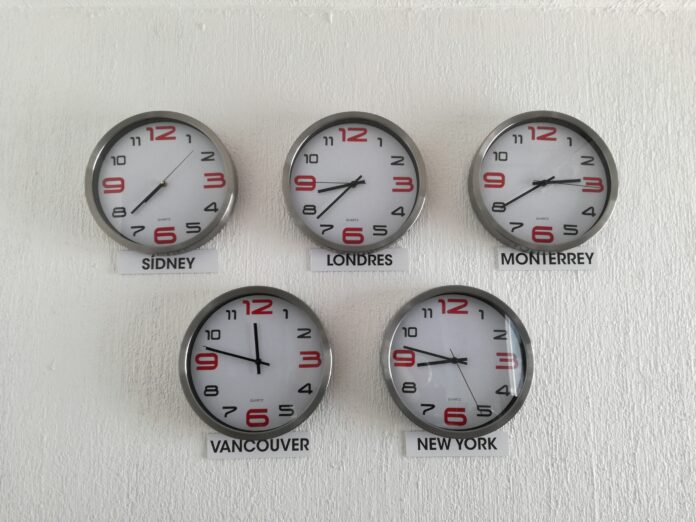Time is a universal concept that governs our lives, from waking up in the morning to scheduling international flights. It’s a system we often take for granted, but beneath the surface lies a fascinating complexity: the division of the world into time zones. While most people are aware of the 24 primary time zones, a deeper exploration reveals that there are more than just two dozen time zones around the world. In this article, we will delve into the intricacies of timekeeping, the factors influencing time zones, and some of the lesser-known time zones that exist beyond the 24-hour framework.
The Basics of Time Zones
Time zones are geographical regions where the same standard time is used. They are defined by the longitudinal lines on the Earth’s surface and are a crucial component of our modern globalized world. Time zones were established to regulate timekeeping in a way that corresponds to the Earth’s rotation. Earth rotates 360 degrees every 24 hours, which means each hour corresponds to 15 degrees of longitude. As a result, time zones are usually spaced 15 degrees apart.
The 24 Primary Time Zones
The world is divided into 24 primary time zones, each one hour ahead or behind its adjacent zone. The most well-known time zone is Greenwich Mean Time (GMT), located at the Prime Meridian (0 degrees longitude) in Greenwich, London, which serves as the reference point for all other time zones. Time zones to the east of GMT are ahead, while those to the west are behind. For example, Eastern Standard Time (EST) is GMT-5, meaning it is five hours behind GMT, while Japan Standard Time (JST) is GMT+9, indicating it is nine hours ahead.
Factors Influencing Time Zones
Time zones are not just arbitrarily created divisions; they are influenced by various factors, including geography, politics, economics, and historical developments. Some of the key factors influencing time zone boundaries include:
- Longitude: As mentioned earlier, time zones are primarily determined by the Earth’s rotation and its division into 15-degree segments.
- Political Boundaries: National and regional borders can influence time zone divisions. A country may choose to adopt a single time zone, even if its geography spans multiple.
- Economic Interests: Economic considerations often play a role in time zone decisions. Countries may adopt time zones that align with their major economic centers.
- Historical Factors: Historical events, such as colonialism and trade routes, have shaped time zone boundaries.
- Daylight Saving Time (DST): Some regions, not content with a single time zone, also observe DST, which shifts the clocks forward or backward by one hour during certain parts of the year to make better use of daylight.
Beyond the 24-Hour Framework
While 24 primary time zones cover most of the world, some regions operate on time zones that are offset by fractions of an hour. These are often referred to as “unofficial” or “uncommon” time zones. A few notable examples include:
- Nepal Standard Time (NST): NST is GMT+5:45, making it 15 minutes and 45 seconds ahead of Indian Standard Time (IST).
- Chatham Island Standard Time (CHAST): Located in New Zealand, CHAST is GMT+12:45, putting it 45 minutes ahead of New Zealand Standard Time.
- India Standard Time (IST): IST is GMT+5:30, meaning it is 5 hours and 30 minutes ahead of GMT.
These unique time zones serve to accommodate local needs and considerations, showcasing the adaptability of timekeeping in our diverse world.
Time zones are an essential part of our interconnected world, helping us coordinate activities and manage our daily lives. While the 24 primary time zones are widely recognized, it’s fascinating to discover the existence of fractional time zones that go beyond this standard framework. The complexities of timekeeping, influenced by geography, politics, economics, and history, demonstrate how time is not just a measure of hours and minutes but a reflection of our global tapestry. Whether it’s Nepal’s 15-minute offset or New Zealand’s 45-minute difference, these unique time zones remind us of the rich and intricate web of time that connects us all.
Photo by Luis Cortes on Unsplash
Views: 43






